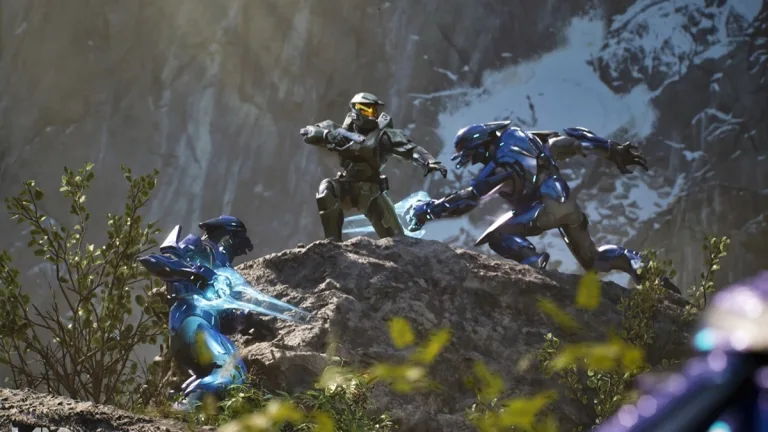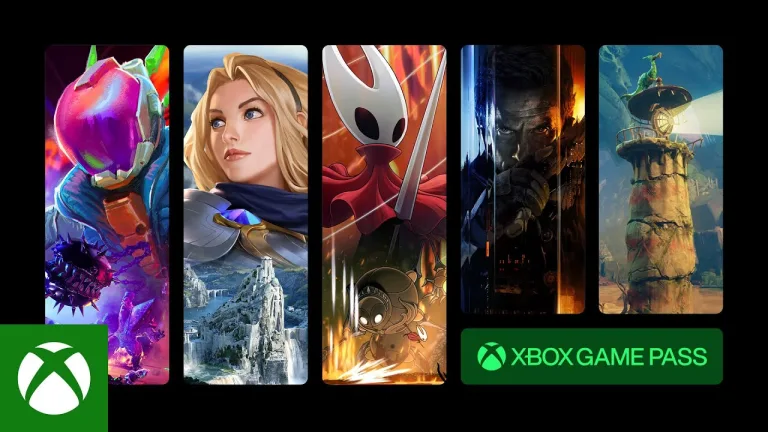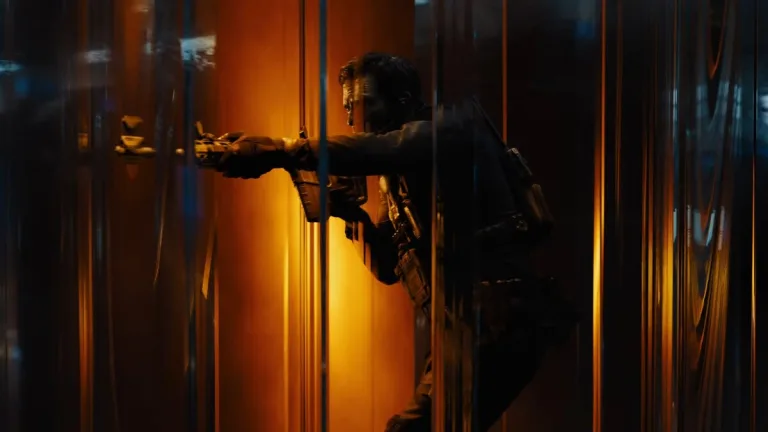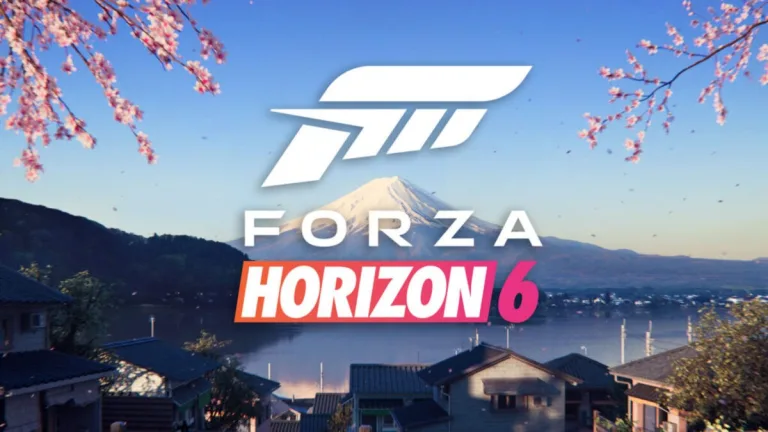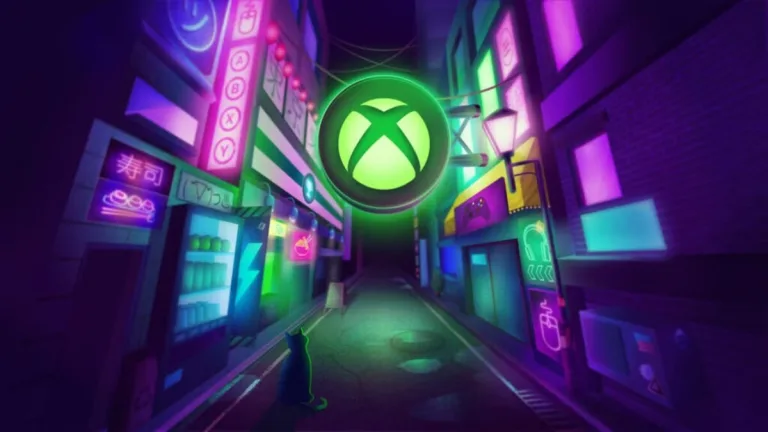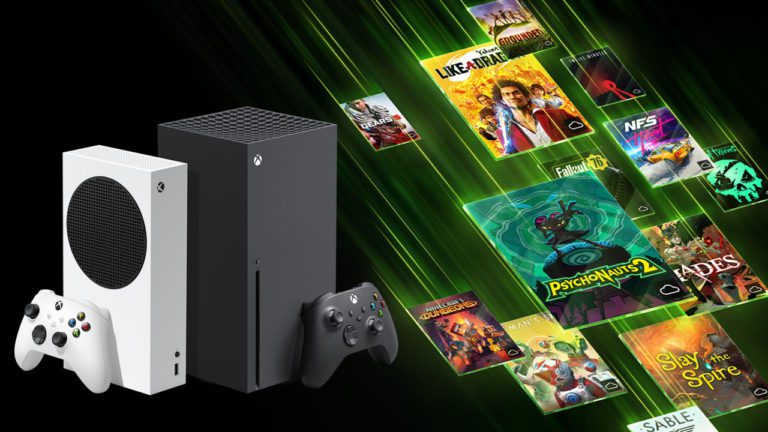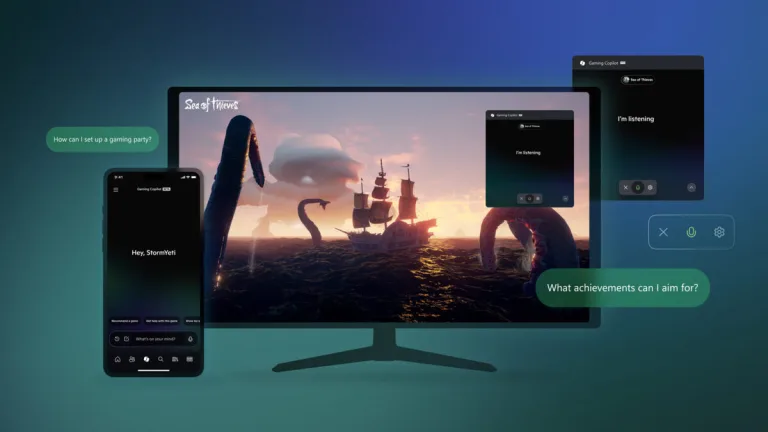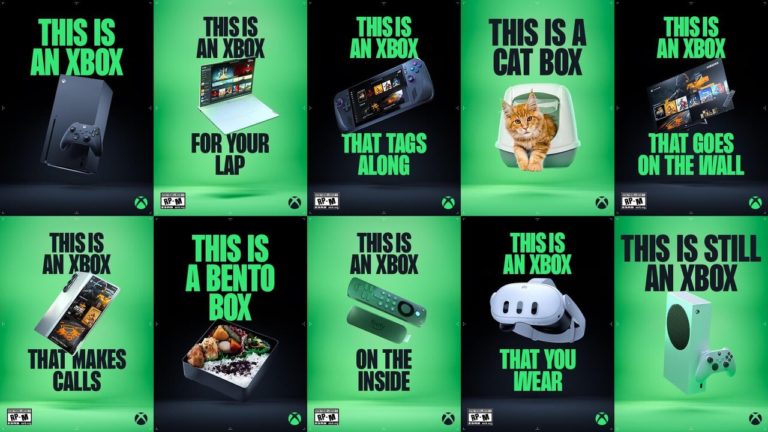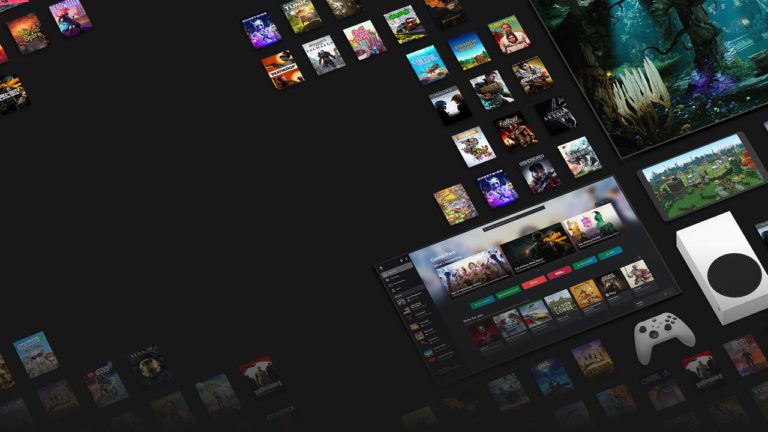After nearly two decades shaping the look and feel of one of gaming’s most iconic universes, Halo’s...
Xbox
Microsoft has once again raised eyebrows—and subscription fees—with its latest overhaul of Xbox Game Pass. In a...
Every year, Call of Duty: Next sets the stage for the franchise’s future. But 2025’s showcase wasn’t...
The Tokyo Game Show 2025 delivered plenty of surprises, but none landed with the same impact as...
The Tokyo Game Show 2025 wasn’t just another stop on Xbox’s global tour—it was a statement. A...
The Xbox Series X and Series S are about to get more expensive—again. For the second time...
In a move that feels both inevitable and overdue, Xbox has officially launched its AI-powered assistant, Gaming...
The standout feature is the aggregated gaming library, which brings together installed titles from multiple storefronts —...
In a move that blurs the line between entertainment and mobility, Microsoft and LG have teamed up...
When Microsoft finalized its $75.4 billion acquisition of Activision Blizzard King (ABK) in October 2023, the gaming...


